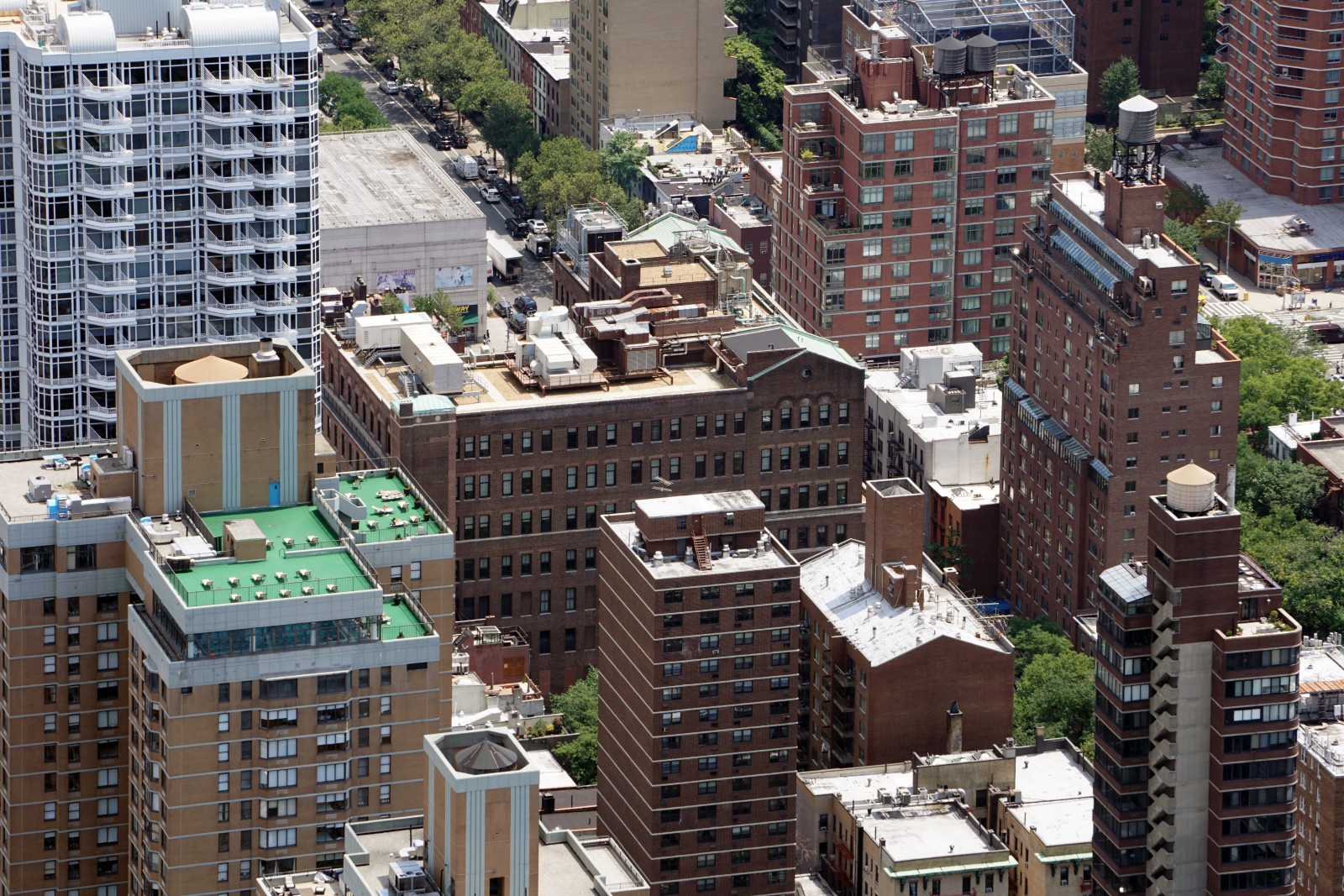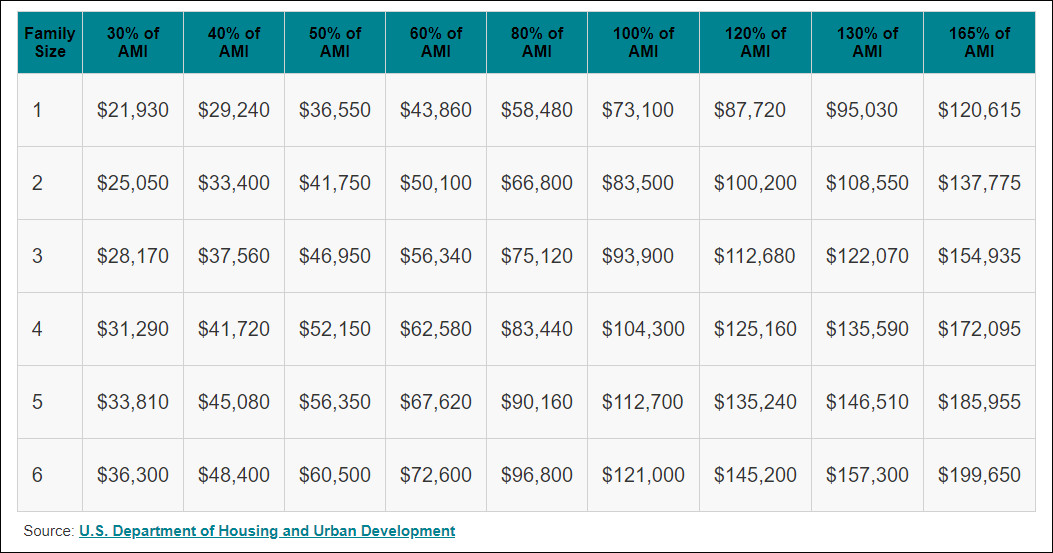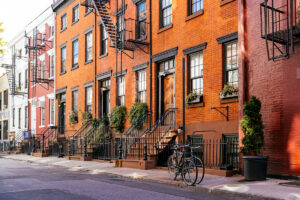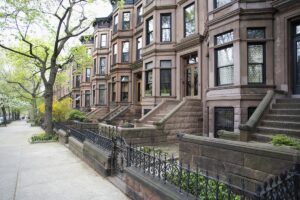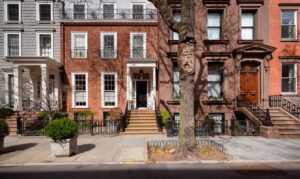How to Afford NYC
It’s not a very sexy phrase, and it can be confusing. But in New York City, when it comes to affordable housing programs and eligibility requirements, it winds up being an important thing to know: area median income, or AMI.
Who Sets the AMI and Why?
The AMI is an income figure used to help determine eligibility for affordable housing programs in NYC and is calculated annually by the U.S. Department of Housing and Urban Development. It is based on the U.S. Census Bureau’s American Community Survey median family income estimates. “Median” means that half of a geographic area’s household income is above that midpoint, while the other half is below that amount.
For 2018, the AMI for New York City is $93,900 for a three-person household (100 percent of AMI).
Oddly, New York City’s AMI is not just confined to NYC’s five boroughs, but also includes Putnam, Rockland and Westchester counties. It’s defined as the “New York, NY HUD Metro FMR Area.” (Here is an explainer as to why these counties’ data are configured into NYC’s AMI.)
See the chart below for other 2018 AMI values:
Those who make up to 30 percent of AMI are considered extremely low income; 31-50 percent AMI is considered very low income; 51-80 percent is low income; 81-120 percent is moderate income and 120-165 percent of the AMI is considered middle income.
How Is AMI Decided for Housing Lotteries?
For some quick background, developers pursue many affordable housing projects and market-rate projects in the city because they can benefit from huge tax breaks via the Affordable New York Housing Program. This evolved from the old 421-a tax exemption program. While this subsidy has been called into question over its costs and the number of people really benefit from it, the program will run until 2022.
So, developers are eager to continue building using this tax incentive, as long as they abide by city requirements for affordability. Once a developer decides what kind of development they want to pursue, they work with the city and apply for a city-subsidized program.
These programs include new construction or preservation, and have programs ranging all the way from ELLA (Extremely Low and Low-Income and Affordability) to the Green Housing Preservation Program. Within each program are guidelines the developers must adhere to in order to qualify for tax breaks.
For example, some buildings can be 100 percent affordable, but mostly, developers must set aside a certain percentage of apartments that are considered affordable for low- to moderate-income applicants. Generally, the 80/20 rule is put into effect, meaning that at least 20 percent of apartments need to be designated affordable.
Related:
